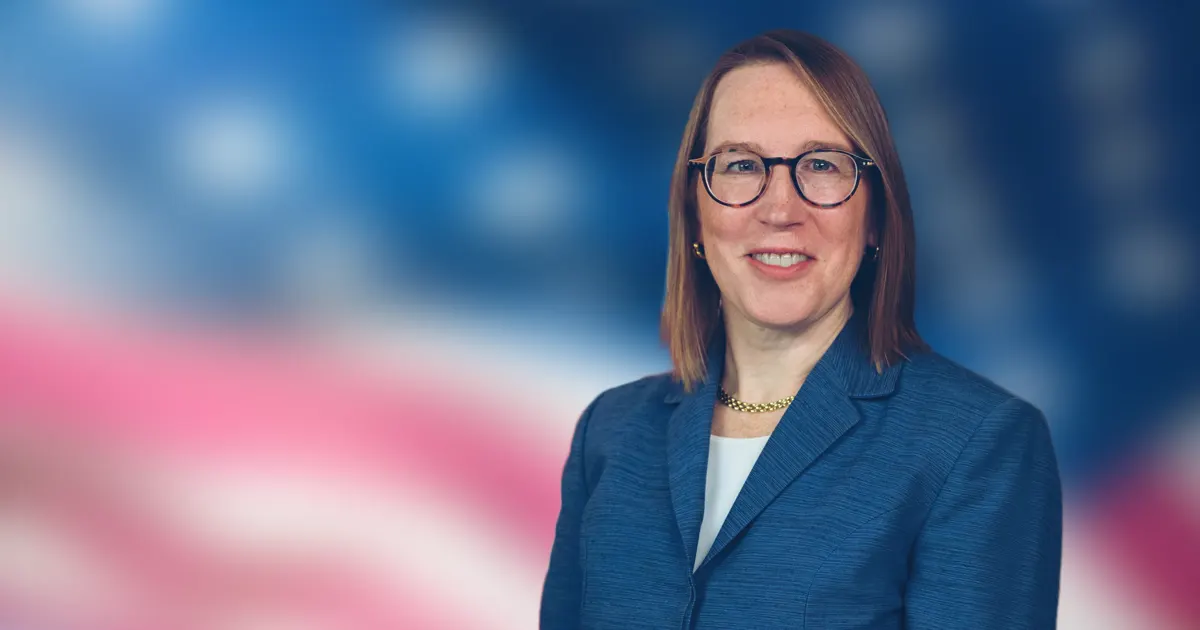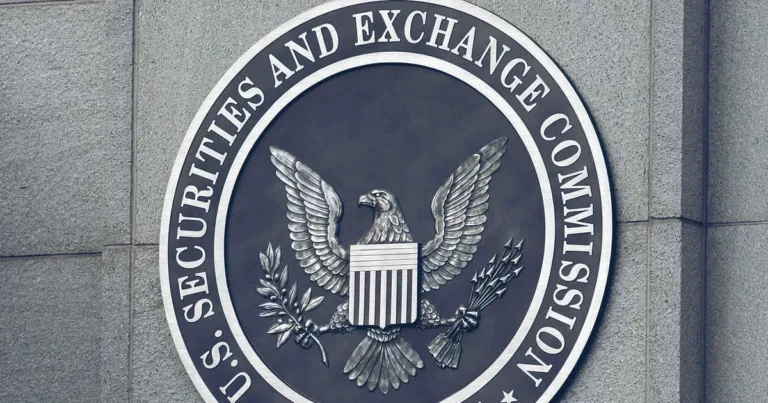31-5-2025 – The United States Securities and Exchange Commission has delivered a watershed moment for the cryptocurrency industry, offering unprecedented clarity on one of digital assets’ most contentious regulatory questions. Through a groundbreaking staff statement, America’s financial watchdog has fundamentally reframed the regulatory landscape surrounding blockchain staking activities.
The Commission’s Division of Corporation Finance has articulated a nuanced position that distinguishes between legitimate network participation and speculative investment schemes. This sophisticated approach recognises that proof-of-stake blockchain operations represent genuine technological infrastructure rather than elaborate financial engineering designed to circumvent securities laws.
🚨NEW: The @SECGov Division of Corporation Finance has clarified that certain proof-of-stake blockchain staking activities are not securities transactions.
The new guidance, following on from March guidance on certain proof-of-work mining activities, includes self-staking &… pic.twitter.com/xw6MhUm0kN
— Eleanor Terrett (@EleanorTerrett) May 29, 2025
At the heart of this regulatory evolution lies the concept of “Protocol Staking Activities” – a term that encapsulates the essential work performed by network validators. The SEC’s internal staff view recognises that these operations constitute legitimate service provision rather than investment contracts dependent upon others’ managerial expertise. This distinction proves crucial, as it removes the spectre of securities registration requirements that have long haunted the industry.
The Commission’s analysis extends beyond basic staking mechanics to encompass associated services that have proliferated throughout the ecosystem. Features such as slashing protection mechanisms, early withdrawal facilities, and alternative reward structures receive regulatory blessing as “administrative or ministerial” functions. This comprehensive approach suggests regulators have developed sophisticated understanding of blockchain technology’s operational complexities.
Custodial staking arrangements, whereby established exchanges and institutional custodians manage staking operations on behalf of clients, similarly escape securities classification. The SEC staff’s reasoning centres on these entities’ role as facilitators rather than investment promoters, acknowledging that custodians function as technical service providers rather than fund managers pursuing speculative strategies.
However, the guidance’s scope remains deliberately constrained to “covered crypto assets” within proof-of-stake networks, leaving significant questions unanswered. The Commission has declined to specify which digital assets qualify for this treatment, whilst emerging innovations such as liquid staking and restaking protocols await further clarification.
Industry reaction has reflected both relief and frustration with the announcement’s scope and limitations. SEC Commissioner Hester Peirce, long recognised as the agency’s most crypto-friendly voice, welcomed the development whilst acknowledging its belated arrival. Her observations highlighted how regulatory uncertainty had artificially constrained American participation in blockchain consensus mechanisms, potentially undermining the decentralisation principles that make these networks valuable.

The Commissioner’s remarks prove particularly prescient given their emphasis on how regulatory ambiguity has disadvantaged American participants in global blockchain networks. Her analysis suggests that excessive caution has pushed innovation offshore whilst simultaneously weakening the security and resilience of networks that benefit from broader participation.
Conversely, Commissioner Caroline Crenshaw delivered a scathing critique that exposed fundamental disagreements within the Commission’s ranks. Her dissent challenged the staff statement’s legal foundations, arguing that established precedent and the venerable Howey Test demand more rigorous analysis of investment contract characteristics.
Crenshaw’s criticism strikes at deeper concerns about regulatory consistency and legal predictability. Her characterisation of the agency’s approach as “fake it ’till we make it” suggests profound scepticism about policy-making that anticipates rather than responds to legislative changes.
This regulatory development emerges against a backdrop of sustained industry advocacy, with over thirty digital asset firms having formally petitioned for clarification. Their collective efforts emphasised staking’s technical nature whilst warning that regulatory overreach threatened to stifle American blockchain innovation.


